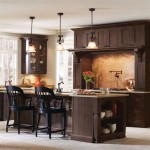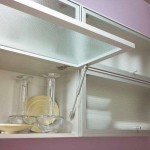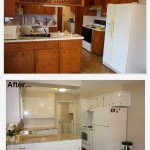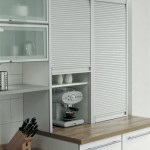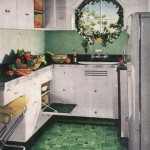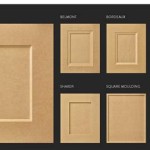Dry Kitchen Cabinets: An Essential Guide
Dry kitchen cabinets are a crucial part of any kitchen, providing storage for non-perishable goods and cookware. Understanding the different aspects of dry kitchen cabinets is essential to make an informed decision when designing or remodeling your kitchen.
Types of Dry Kitchen Cabinets
Dry kitchen cabinets come in various types to suit different storage needs:
- Base Cabinets: These are the cabinets installed at the bottom of the kitchen, providing storage for heavy items like pots and pans.
- Wall Cabinets: Mounted on the wall above the base cabinets, wall cabinets are ideal for storing lightweight items like glassware and spices.
- Tall Cabinets: These cabinets extend from the floor to the ceiling, offering ample storage for items like brooms, mops, and tall appliances.
Materials for Dry Kitchen Cabinets
Dry kitchen cabinets are typically made from various materials based on durability, style, and budget:
- Wood: Wood cabinets are a popular choice for their durability and aesthetic appeal. They are available in different wood species, including oak, maple, and cherry.
- Laminate: Laminate cabinets are made of a particleboard core covered with a decorative laminate. They are affordable and come in a wide range of colors and patterns.
- Thermofoil: Thermofoil cabinets resemble wood but are more durable and resistant to moisture. They are a great option for busy kitchens.
Features to Consider
To enhance functionality and convenience, consider the following features when selecting dry kitchen cabinets:
- Soft-Close Drawers: Drawers that close gently and quietly prevent slamming and damage to contents.
- Adjustable Shelves: Shelves that can be adjusted to different heights allow for customization and accommodate items of varying sizes.
- Pull-Out Shelves: Shelves that slide out provide easy access to stored items, especially in deep cabinets.
Design Considerations
Incorporating design elements into dry kitchen cabinets can enhance the overall aesthetics of the kitchen:
- Door Styles: Cabinets come with different door styles, such as shaker, raised panel, and flat panel, to complement various interior design themes.
- Hardware: Cabinet hardware, such as knobs or handles, can add a personal touch and enhance the style of the cabinets.
- Crown Molding: Adding crown molding to the top of cabinets creates a sophisticated and elegant look.
Maintenance and Care
Proper maintenance and care ensure the longevity and functionality of dry kitchen cabinets:
- Cleaning: Regular cleaning with a damp cloth and mild detergent helps keep cabinets clean and prevent stains.
- Drying: Wipe down cabinets immediately after spills to prevent moisture damage.
- Lubrication: Lubricating hinges and glides occasionally ensures smooth movement and prevents squeaking.
By understanding the essential aspects of dry kitchen cabinets, you can make an informed decision that aligns with your storage needs, style preferences, and budget. Careful consideration of these factors will result in a functional and aesthetically pleasing kitchen that enhances your cooking and storage experience.

Wet And Dry Kitchen Design What 039 S The Difference Between Two

14 Practical Wet And Dry Kitchens In Malaysia Recommend My

Hdb Mnh Reno Inspo 10 Dry Kitchen Ideas

Wet And Dry Kitchen Design Ideas To Inspire You Iproperty Com My

11 Practical Dry Kitchen Cabinet Designs Ideas You Ll Love Bleno Aluminium Johor Bahru

Meal Side Cabinet Modern Wall Storage Dry Kitchen Unit Wine Rack China Made In Com

11 Practical Dry Kitchen Cabinet Designs Ideas You Ll Love Bleno Aluminium Johor Bahru

14 Practical Wet And Dry Kitchens In Malaysia Recommend My

What Is A Wet Kitchen And Dry

Dry Kitchen Table Story Furnishing
Related Posts

